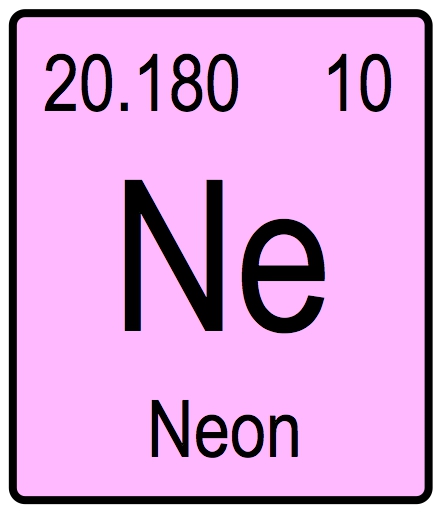In this video, we're going to begin our lesson on atoms, which are the smallest unit of matter. Now, the term matter is used by scientists to refer to anything that takes up space and has mass. So this includes all living organisms like me and you, but also nonliving things too like rocks, oceans, and the device that you're watching this video through. Pretty much anything that takes up space and has mass will be matter. So matter is really, really, really broad, and it's going to be at the top here of our lesson for that reason. It includes living and nonliving things. Now all matter, regardless of if it's living or nonliving, is going to be made up of at least one chemical element and that's exactly what we're saying right here.
It's gonna be made up of at least one chemical element. Now the term chemical element is defined as a pure substance that's made up of only one type of atom. Over here in our image, you can see that all matter is made up of at least one chemical element and chemical elements are made up of atoms. And so the atom can therefore be defined as the smallest unit of an element. Now because atoms make up elements and chemical elements make up matter, we can also define the atom as the smallest unit of matter and that's exactly what we're saying right here and up above in our title.
Once again, atoms are going to make up both living and nonliving matter. So let's take a look down below at our example image to get a better idea of some of these concepts. Notice on the far left over here we're showing you an image of a diamond and of a honey bee in this plant. Now, the diamond and the honey bee, because they both take up space and have mass, they're both considered types of matter. Now the diamond of course is going to be nonliving matter whereas the honey bee and the plant are going to be living matter.
Now if we zoom into the diamond here, which you can see is the diamond structure that we're showing you over here, which is made up of all of these Cs that we see here. And these Cs represent a type of element, and so it's made up of just one type of element, which is the element carbon, which is abbreviated with just a C. Now if we zoom into one of these chemical element symbols, one of those Cs, what you'll see is that it is a carbon atom. And so here on the far right, we're showing you a representation of a carbon atom.
Now, in our next video, we're going to talk more about the structures and properties of atoms. But for now, you should notice that nonliving matter like diamond is gonna be made up of at least one chemical element and the smallest part of a chemical element is going to be the atom itself. Now, similarly down below with the honey bee and the plant, when we zoom into one of its chemical structures, you can see that it's going to have a sugar like, for example, glucose is a sugar that can be found in these living organisms.
What you'll notice is that this glucose structure over here actually has multiple types of elements. In fact, it has three types of elements. It has the same carbon element as the diamond, but then it also has the element oxygen and the element hydrogen, and you can see those throughout this glucose structure here. Now if we zoom into just one of the chemical elements of hydrogen here, what you'll see is that the smallest unit of this element is a hydrogen atom. And so this is the representation of the hydrogen atom. Once again, we'll talk more about the components of the atom and the properties of the atom moving forward in our course.
But for now, this here concludes our introduction to how atoms are the smallest unit of matter. And once again, the biggest takeaway is that all matter is going to be made up of chemical elements, and the smallest unit of a chemical element is the atom. So I'll see you guys in our next video.


